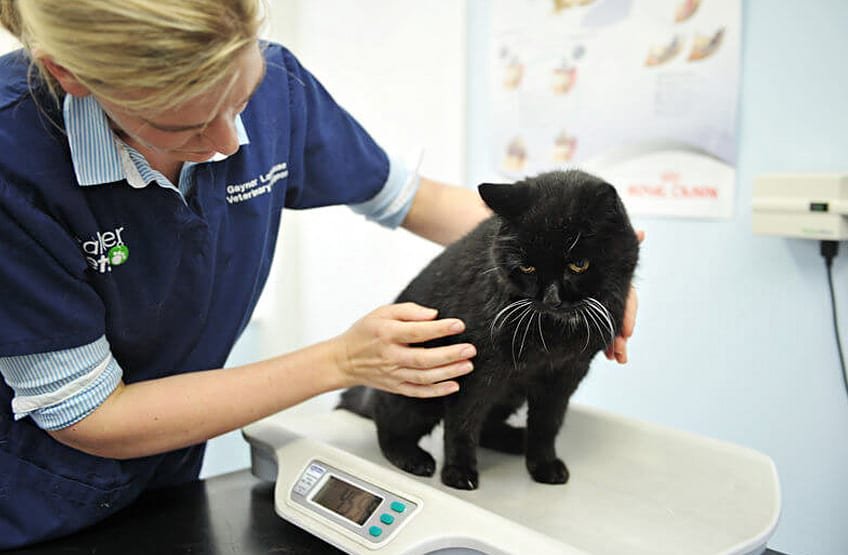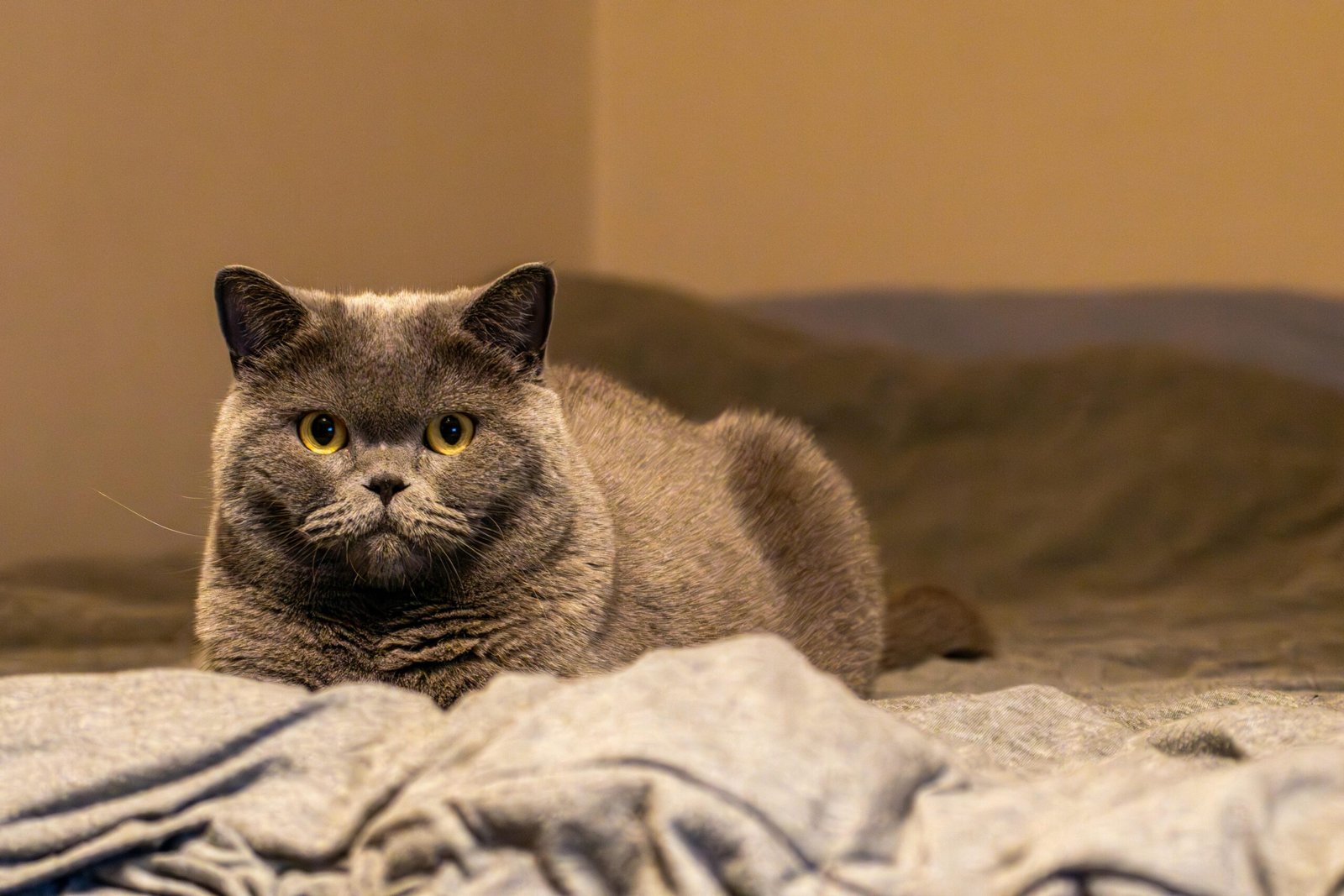Understanding Cat Behavior: Do They Know When They Misbehave? Last Updated on 22 Jan 2025, Care Kitties As cat owners we wonder …
Taking care of your cat after spaying
Spaying is an important part of the lives of female cats. Taking care of the cats after spaying is relatively simple, and it takes 10–16 days for the cat to recover perfectly. But still, you have to be alert at all times and contact your vet immediately if you sense something is wrong. You can do these things to properly take care of your cat after spaying.
Safe Place: After you have spayed your cat, make sure to keep the cat in a safe place first and foremost. In such cases, tents can be a good place for the cat if other pets are at home. If you do not have any tents, then you will need to make sure the cat is in a safe and clean place. After the surgery, the cat will be scared, and it will take some time for it to get a taste of what is happening with the cat. For this, it is very important to keep the cat in a safe place where you can constantly watch it.
Effect of Anaesthesia: Because of the effect of the anesthesia, the cat may not be responsive for the first few hours. In such circumstances, keep a close eye on the cat and look to see if the cat is responsive and if the effect of the anaesthesia has been reduced. If the cat is still responsive after more than 5–6 hours, immediately call your vet.
Restricting its movements: After the surgery, make sure the cat or pet does not do running, jumping, or any kind of activity that can open the incision or create danger for the cat or pet.
E-collar: Incision site may itch very much right after the surgery. The cat will tend to leak or bite it. It is very important for the cat to not lick or bite its incision site. Leaking or biting it may cause the incision to open or do any unwanted harm to the cat. To do so, you can buy E-collars from your local pet store. These kinds of collars are also called protective or cone collars.
Managing Cat’s Pain: Due to the surgery, the cat can feel pain or discomfort for the first 5-7 days. Cats are good at or tend to hide their pain and discomfort, so you have to keep a close eye on them to find out their real condition it. If you feel the cat is in some kind of discomfort or pain, give the medications only prescribed by the vet.
Make sure you do everything after consulting with the vet. Also, make sure you do not give human medicines to the cat, as these can be very toxic or harmful to the cats.
Litter Box Use: If the operation was done 24 hours ago and the cat has still not urinated, you should contact your vet immediately. That is why you need to look the litter box to find out if the cat has urinated or not. If the cat has urinated, then it is good.
Also, you need to make sure the litter box is clean and properly sanitised so that it does not cause any harm to the cat or its incision site.
Feeding Cats: The first thing to do is to give your cat about one-fourth of its regular food portion about 2 or 4 hours after you return home from the check-up, provided that your cat seems alert and appears to respond appropriately. Nonetheless, avoid forcing your cat to eat or drink anything compulsively.
If your cat consumes the initial serving, then post a figure of 3-6 hours, and you will provide it with an additional serving. Keep this rhythm up until your cat finishes its meal and moves away from its food bowl. After this, you can return to your cat’s normal schedule.
As for cats between 16 and 18 weeks of age, serve them a limited meal (which could be half of their usual meal) as soon as you have brought them home after the surgery.
If your kitten declines to eat immediately after coming back, try wiping a small dab of syrup, for example, maple or corn syrup, on its gums with a cotton swab or a Q-tip as a stimulant.
You should avoid giving your cat anything unusual as food for the cat or its treats after surgery. Caution should be exercised while introducing new foods because the stomach might be sensitive. So, a safe line is to feed it while having a regular diet.
If your cat is not eating even after 24 hours of the surgery, immediately contact your vet.
Keeping an eye on the incision: The incision site is a very sensitive place for the cat until it has been fully recovered. If the incision opens, this can create various problems. You have to check regularly, at least twice or three times a day, if the incision site is healing properly. If you do not see any healing after a few days, contact your vet immediately. You should also contact your vet immediately if you see any of the following near the incision site:
- Redness
- Swelling
- Odour
- Incision Open
- Bruises
Proper Sanitation: After the spaying, the cat and its surroundings must be very clean. Make sure the cat is clean and the place is clean. But do not bathe the cat until the incision is healed properly. You can use a cloth to clean the cat but do not make the incision site wet; keep it dry.
Note*: In any kind of emergency, you have to contact your vet immediately.
Related Articles
Harness Training A Cat: An Eight-Step Guide Last Updated on 15 July 2024, Care Kitties Why harness training a cat is important …
Best Places to Bond With Your Cat Last Updated on 09 July 2024, Care Kitties It is necessary to take a perfect …
Top 11 Qualities that make you the Best Cat Parent Last Updated on 26 May 2024, Care Kitties Cats are adorable and …
Litter Training 101: Essentials for New and Experienced Cat Parents Last Updated on 20 May 2024, Care Kitties From birth, cats and …
Adopt, Don’t Shop: The Advantages of Pet Adoption Last Updated on 19 May 2024, Care Kitties We all want to have a …







